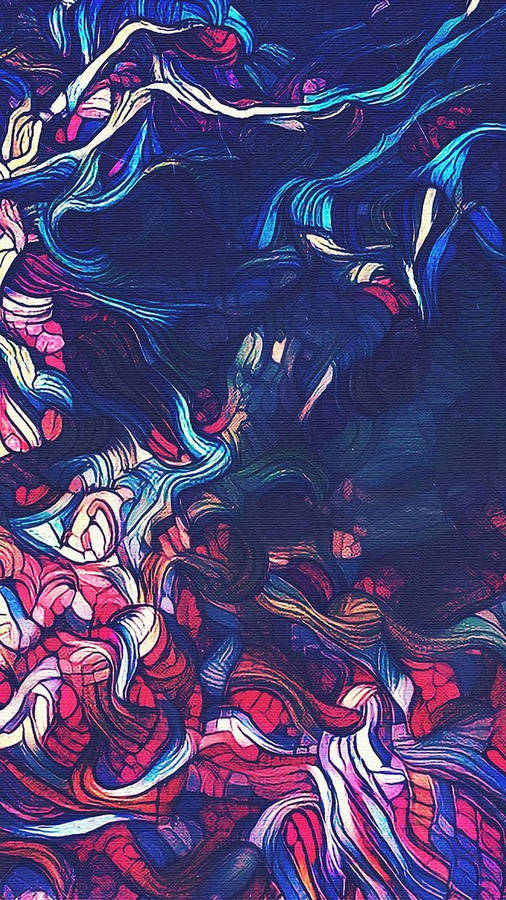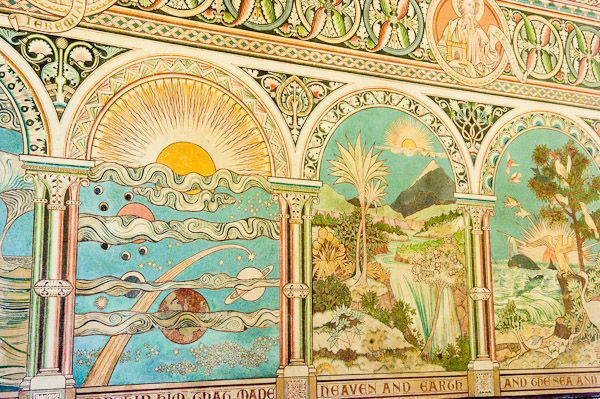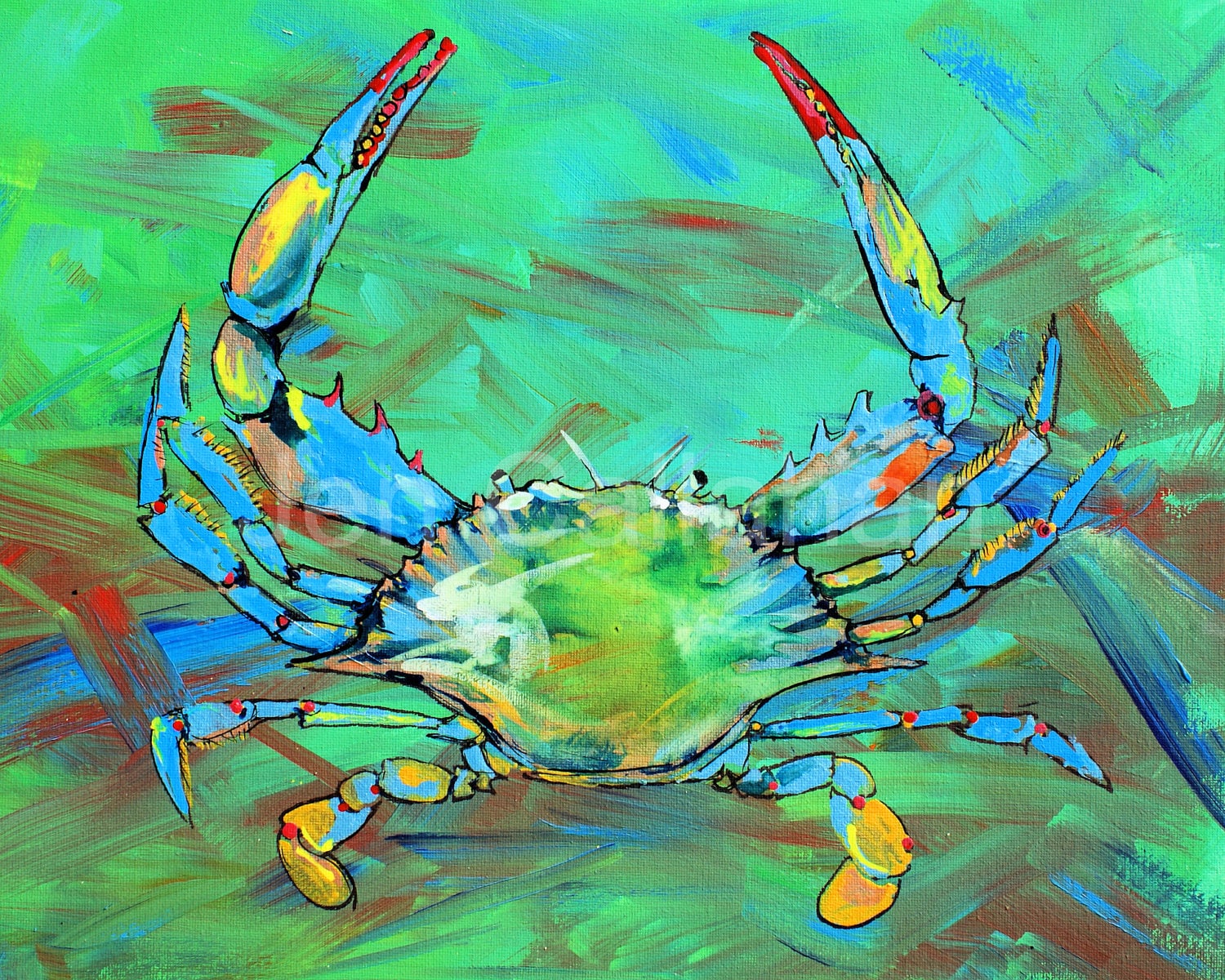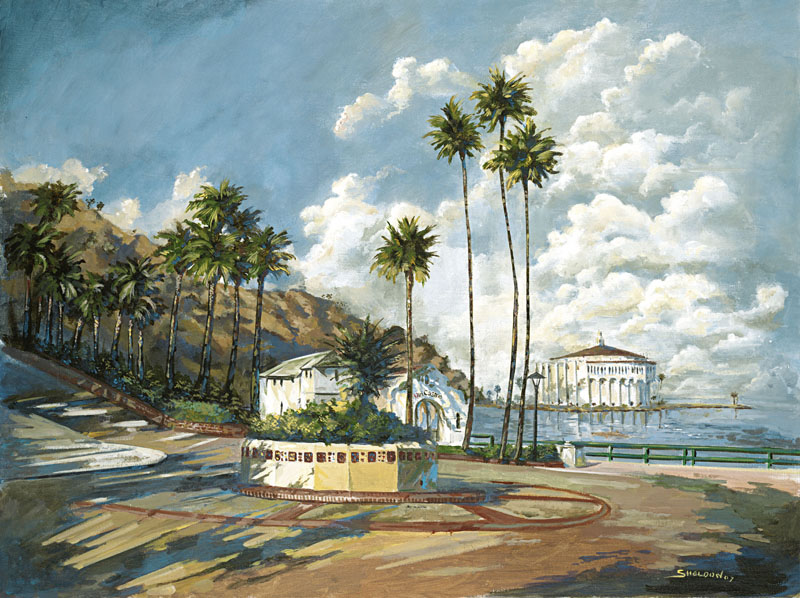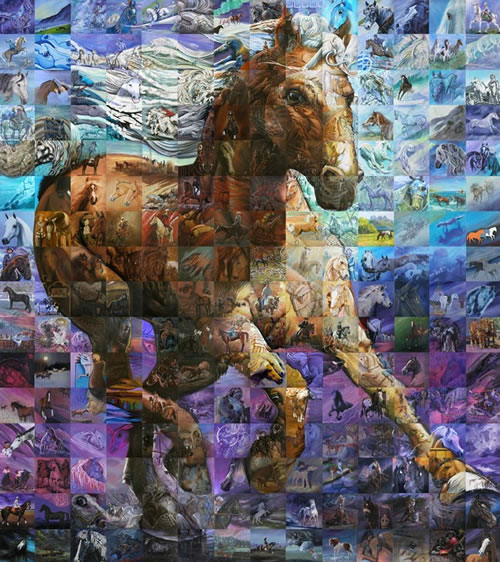Affordable Abstract Art Definition
Watercolor (or "watercolour"/"water-colour") is named for its primary component. It consists of a pigment dissolved in water and bound by a colloid agent (usually a gum, such as gum arabic); it is applied with a brush onto a supporting surface such as vellum, fabric, or—more typically—dampened paper. The resulting mark (after the water has evaporated) is transparent, allowing light to reflect from the supporting surface, to luminous effect. Watercolor is often combined with gouache (or "bodycolor"), an opaque water-based paint containing a white element derived from chalk, lead, or zinc oxide.
Materials
The rise of watercolor painting as a serious artistic endeavor progressed hand-in-hand with the improvement and commercial development of its materials.
Paints
Initially, artists ground their own colors from natural pigments, or else bought paint in liquid form. In the last two decades of the eighteenth century, however, artists could purchase small, hard cakes of soluble watercolor (invented by William Reeves in 1780). To produce the paint, an artist dipped a cake in water and rubbed it onto a suitable receptacle, such as an oyster shell or porcelain saucer. Beginning in the 1830s, artists could buy moist watercolors in porcelain pans. An even greater advance arrived in 1846, when Winsor & Newton introduced moist watercolors in metal tubes (following the example of tubed oil paint, first sold in 1841). The machine-ground pigments pioneered by British manufacturers produced fine, homogeneous watercolors that set the international standard.
In 1834, Winsor & Newton introduced their patented zinc oxide pigment "Chinese White"; this superfine—and therefore smoothly applied—permanent color greatly improved the qualities of gouache. In the first half of the nineteenth century, J. M. W. Turner instituted the practice of applying diluted white gouache as a wash. In the second half of the nineteenth century, Pre-Raphaelite painters used white gouache as a ground upon which to paint in a precise, miniature-like style.
Paintboxes
By the middle of the eighteenth century, British artists regularly sketched outdoors. In watercolor, they found a medium well-suited to their needs, capable of capturing fleeting effects of light and weather, and requiring readily portable materials. At first, artists made their own carrying cases: one treatise on watercolor painting published in 1731 provides instructions for making a pocket-sized ivory case with compartments for thirty-two colors, brushes, a porte-crayon (a drawing instrument that holds pieces of chalk), and compasses. Turner made something equally effective by sticking cakes of watercolor into a leather carrying case (modified from its original use as an almanac cover). Later, artists' colormen sold ready-made boxes. The most luxurious—constructed of mahogany, and fitted with brass hardware and embossed-leather linings—provided porcelain mixing pans, wash bowls, storage tins for chalks or charcoal, trays for brushes and porte-crayons, and scrapers, blocks of ink, and colors. Less expensive alternatives met the demands of increasing numbers of amateur artists. The pocket-sized "Shilling color box" in japanned tin offered pan colors and compartments for mixing, along with separate tin water vessels that clipped to the edge. Commercially available from the 1830s, it became a Victorian bestseller (more than 11 million units sold from 1853 to 1870).
Brushes and Other Tools
The fine hair of the Asiatic marten (or Russian sable)—which comes readily to a point in the mouth, holds a large amount of color, and flexes against the surface of the paper—provided watercolor painters with a pliant, firm, and durable material for applying color. Handles for such "sable" watercolor brushes were first made from quills, and later, metal-ferruled wooden shafts. Additional tools became common to watercolor painters during the nineteenth century, when "reductive" painting techniques flourished: scrapers, sandpaper, penknives, brush handles, or fingernails were used to remove dry or wet color from the surface of the paper to create highlights; sponges, brushes, bread crumbs, or bits of paper were used to blot watercolor washes and soften their intensity.
Paper
The production of wove paper in the late eighteenth century laid the groundwork for future technical advances in watercolor painting. Whereas earlier papers retained the parallel laid lines of their paper-making molds, thereby causing wet watercolor washes to pool, wove papers exhibited virtually no impressions of their fine, wire-mesh molds, allowing painters to apply smooth, precise washes of watercolor without interruption.
Wove paper appeared in a published book as early as 1767, and was immediately sought out by artists. By the 1780s, James Whatman had developed a wove paper ready-sized with gelatin for use with watercolors. (Sizing a sheet with animal glue, gum, or egg provides a protective coating that reduces damage caused by wetting, rewetting, and reworking.) Over the course of the nineteenth century, a staggering array of watercolor papers of various sizes, textures, and surfaces emerged to meet the expanding techniques of the medium. By 1850, the leading manufacturer Whatman offered papers with three distinct surfaces, from least to most textured: "HP" (or "hot pressed"), suited to detailed subjects; "Not" (or "not hot pressed"), suited to less precise work; and "Rough" (or "cold-pressed" or "unpressed"), suited to sketchy effects. A fourth option, "Griffin Antiquarian," produced in conjunction with Winsor & Newton, offered a very large sheet of extraordinary strength. The trend for extremely tough surfaces that could withstand great amounts of scrubbing, rinsing, and scraping continued through the nineteenth century, culminating in J. Barcham Green & Son's "O.W." paper, a gelatin sized pure linen board developed by the painter John William North in 1895, and certified by the Royal Water-Colour Society.
To prevent thinner papers from cockling when dampened by the application of watercolors, artists typically stretched them taut. Initially, they pasted or pinned the edges of a dampened sheet to an ordinary drawing board; later (beginning in the nineteenth century), they clamped it to a commercially manufactured stretching board. One type consisted of a mahogany frame attached to a backboard. Its popularity is understandable: such stretching frames lent works-in-progress something of the aspect of a picture framed for exhibition.
History
The technique of water-based painting dates to ancient times, and belongs to the history of many cultures in the world. In the West, European artists used watercolor to decorate illuminated manuscripts and to color maps in the Middle Ages, and to make studies from nature and portrait miniatures during the Renaissance (50.69.2; 35.89.4).
Today, the medium is most commonly associated with Britain during the period extending roughly from the mid-eighteenth to the mid-nineteenth century—the so-called Golden Age of watercolor. The tradition began with near-monochromatic examples: topographical drawings executed in graphite or ink, and tinted with a restricted range of colored washes by artists such as William Taverner (1703–1772), Paul Sandby (1731–1809), Thomas Hearne (1744–1817), Michael "Angelo" Rooker (1746–1801), and Thomas Malton (1748–1804). A different type of monochromatic landscape drawing, in which a design made in dark ink was washed (in its entirety) with a single hue, was developed by the influential drawing master Alexander Cozens (1717–1786) and continued by Joseph Wright, called "Wright of Derby" (1734–1797).
While some artists, such as Thomas Rowlandson (1756 or 1757–1827), continued to produce "tinted drawings" well into the nineteenth century, other artists began to challenge the conventions of firm outlines and pale hues in favor of more painterly effects, achieved using fluent washes of strong color. For some—such as Jonathan Skelton (active 1754–59), Francis Towne (1739/40–1816), William Pars (1742–1782), Thomas Jones (1742–1803), John "Warwick" Smith (1749–1831), and most importantly, John Robert Cozens (1752–1798) (67.68), son of Alexander Cozens mentioned above—a period of study in Italy prompted that change. Others, such as Joseph Mallord William Turner (1775–1851) and Thomas Girtin (1775–1802) (06.1051.1), took inspiration from the works of other artists (most notably, J. R. Cozens), and from the example of oil painting.
The new "Romantic" watercolor style developed around 1800 employed freer brushwork—often applied to rough-textured papers—and sought to capture fleeting atmospheric effects. John Constable (1776–1837) used watercolor to record the appearance of cloud-filled skies at specific times of day, and in various weather conditions, and then used these aides mémoires in composing his oil paintings. Richard Parkes Bonington (1802–1828), a British artist active in France, developed a virtuoso watercolor style marked by its brilliant palette. David Wilkie (1785–1841), William James Müller (1812–1845), and John Fredrick Lewis (1805–1876) shared that taste, and employed it in the service of exotic subjects encountered on journeys to "Oriental" lands—Egypt, Turkey, and the Middle East.
This trend toward stylistic brevity might also be traced through the scientific instrument painter and amateur watercolorist Cornelius Varley (1781–1873) (1973.83)—brother of the painter and influential teacher John Varley (1778–1842)—who created remarkably powerful scenes with simple applications of broad washes. The celebrated painter and printmaker John Sell Cotman (1782–1842) could wield his brush boldly, in landscapes whose watercolor hues became increasingly brilliant. His distinguished contemporary David Cox (1783–1859), one the greatest British landscape painters, who studied briefly with Varley, used rough-textured papers to achieve bold effects, while Cox's friend Peter De Wint (1784–1849) favored broad strokes of warm-toned watercolor.
Samuel Prout (1783–1852) used bright color to enliven his exquisite renderings of architectural subjects. William Turner (1789–1862) (called "Turner of Oxford" to distinguish him from his better-known contemporary) created precise, carefully composed landscapes of great subtlety (2000.242). John Linnell (1792–1882) (2000.238), like Turner of Oxford, studied with John Varley; Linnell also befriended (and commissioned work from) William Blake (1757–1827). Linnell's artistic trajectory, like that of his son-in-law, Samuel Palmer (1805–1881), moved from a visionary early style to a mature naturalism to a high Victorian interest in bright color and striking atmospheric effects.
Societies
During the period considered here (from the mid-eighteenth to the mid-nineteenth century), various informal sketching clubs and several professional societies structured the experience of watercolor painters and their audiences in Britain. Such groups—whose membership often overlapped, and whose histories, not surprisingly, were frequently entwined—allowed artists (professional and amateur) to share technical information and stimulated stylistic advances; they further served to promote the medium's status relative to oil painting in an expanding, and increasingly competitive, market for art.
Beginning in about 1794, Dr. Thomas Monro (a physician specializing in mental illness, as well as an amateur artist and collector) held an evening "Academy" at his London home, where young artists (Turner, Girtin, Paul Sandby Munn, Louis Francia, and later, Cotman, the Varleys, William Henry Hunt, and Linnell) gathered to copy and color works from his collection, such as those by his patient, J. R. Cozens. In 1799, the "Brothers" sketching club held its first monthly meeting, at which members (including Girtin, Francia, Robert Ker Porter, George Samuel, John Charles Denham, Thomas Giles Worthington, Thomas Richard Underwood, Cotman, Augustus Wall Callcott, Munn, Joshua Cristall, and John Varley) treated a common subject.
The first years of annual public exhibitions in London offered watercolor painters various places to exhibit their work: with the Society of Artists of Great Britain (from 1760 to 1791); with the Free Society of Artists (from 1760 to 1783); and with the Royal Academy (after 1768). The conditions of display, however, were less than ideal. If not "skied" at the top of floor-to-ceiling displays, or overpowered by larger, brighter neighboring oils, they were relegated to dimly lit, crowded anterooms. The peripheral location of watercolor displays vis-à-vis the central exhibition space matched the lesser academic status accorded the medium by comparison to oil painting.
Not surprisingly, watercolor painters sought a more favorable forum. In 1804, a group of leading practitioners—William Frederick Wells, Samuel Shelley, William Henry Pyne, Robert Hills, Nicholas Pocock, Francis Nicholson, the Varleys, John Claude Nattes, and William Sawrey Gilpin—founded the Society of Painters in Water-Colours. Other members joined soon afterward—George Barret, Joshua Cristall, John Glover, William Havell, James Holworthy, Stephen Francis Rigaud—and the group (generally called the "Old Water-Colour Society") held its first annual exhibition in 1805. Following a decree by Queen Victoria in 1881, the society's name is now proceeded by the designation "Royal."
In 1807, a group of painters excluded from this group—and therefore from its exhibitions—formed a rival institution, the New Society of Painters in Miniature and Water-Colours, or the Associated Artists in Water-Colours (renamed, in 1810, the Associated Painters in Water-Colours). Its members included William Westall, John Laporte, Samuel Owen, Hugh William Williams, Cox, and Blake; nonmember exhibitors included Francia, De Wint, Frederick Nash, Cotman, Luke Clennell, and Prout. By 1812, however, financial insolvency had brought an end to this group.
Further internal wrangling among the members of the "Old" Society led to the formation of the New Society of Painters in Water-Colours in 1831 by Joseph Powell, W. Cohen, James Fuge, Thomas Maisey, Giles Firman Phillips, George Sidney Shepherd, William B. S. Taylor, and Thomas Charles Wageman. It would evolve into the group now known as the Royal Institute of Painters in Water-Colours.
Affordable Abstract Art Pictures Galleries Wallpaper Paintings

Affordable Abstract Art Pictures Galleries Wallpaper Paintings
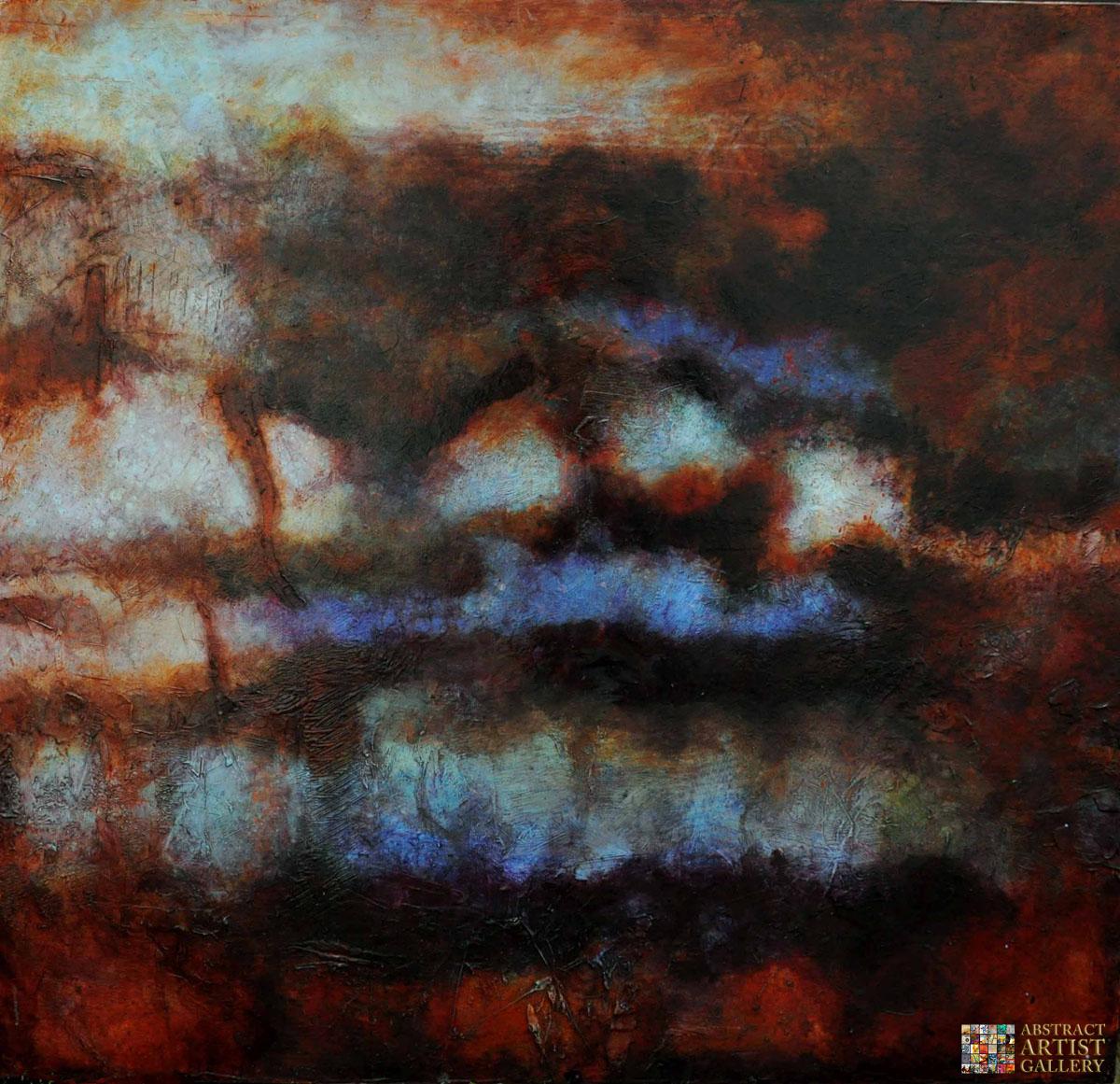

Affordable Abstract Art Pictures Galleries Wallpaper Paintings
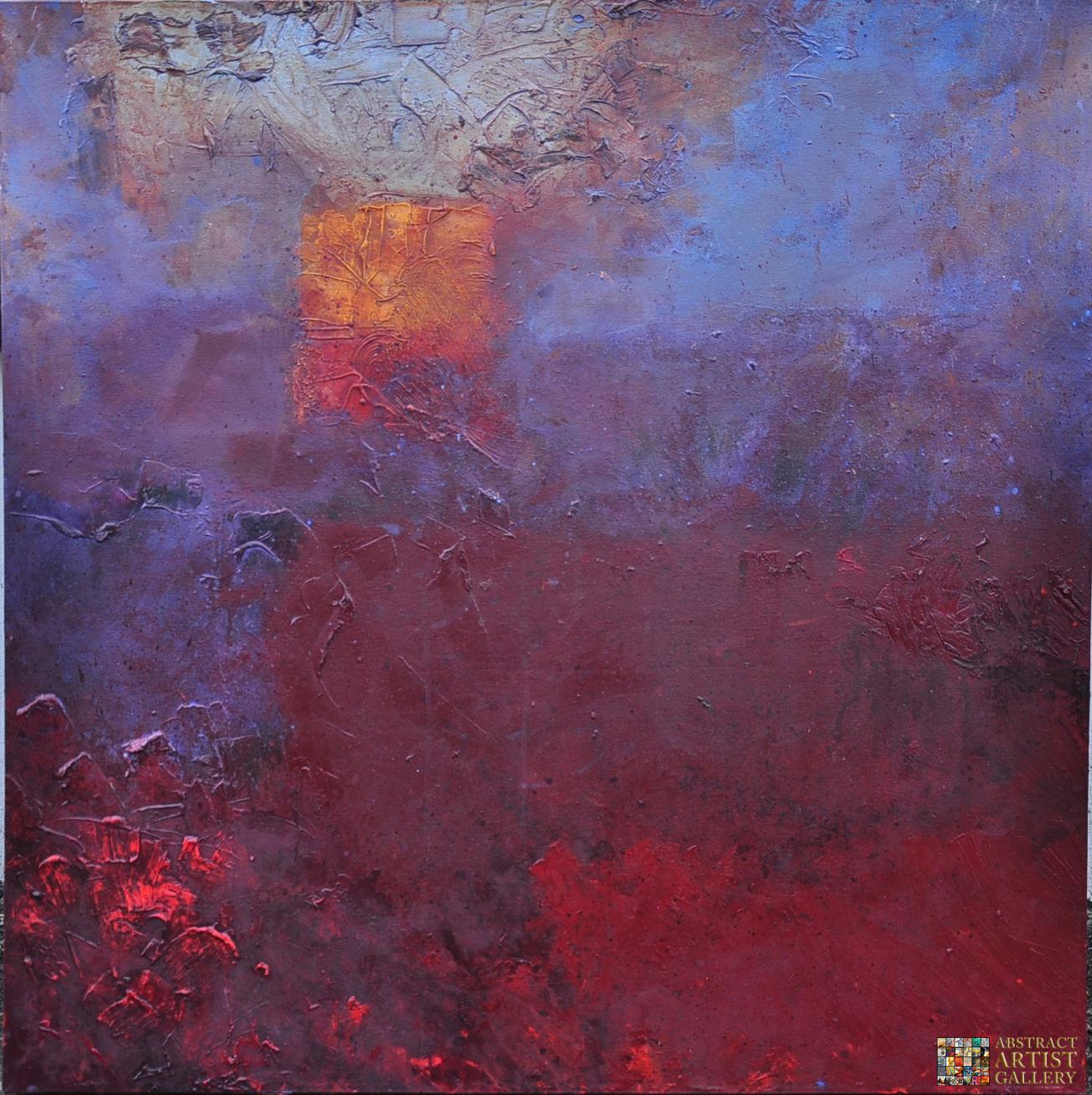

Affordable Abstract Art Pictures Galleries Wallpaper Paintings
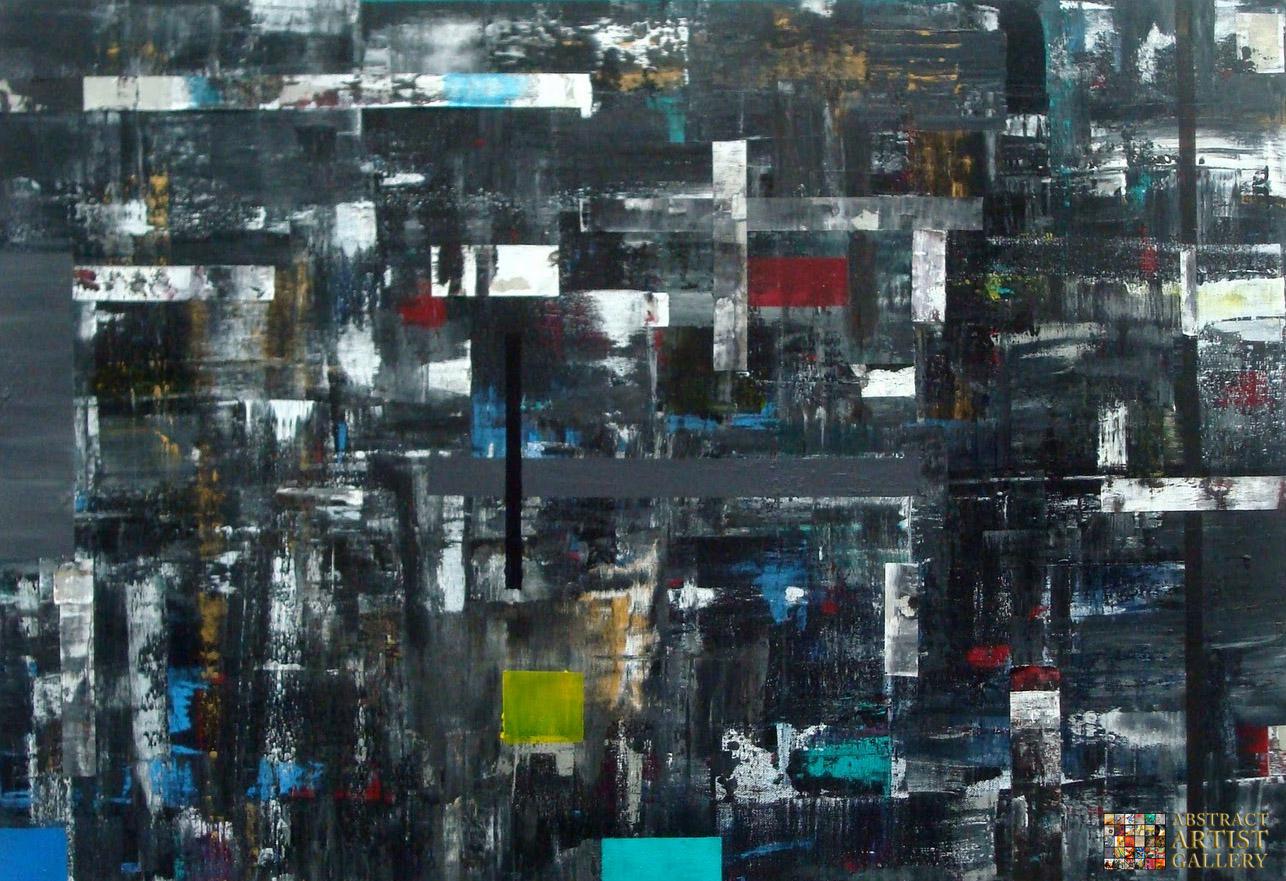

Affordable Abstract Art Pictures Galleries Wallpaper Paintings


Affordable Abstract Art Pictures Galleries Wallpaper Paintings


Affordable Abstract Art Pictures Galleries Wallpaper Paintings

Affordable Abstract Art Pictures Galleries Wallpaper Paintings


Affordable Abstract Art Pictures Galleries Wallpaper Paintings


Affordable Abstract Art Pictures Galleries Wallpaper Paintings




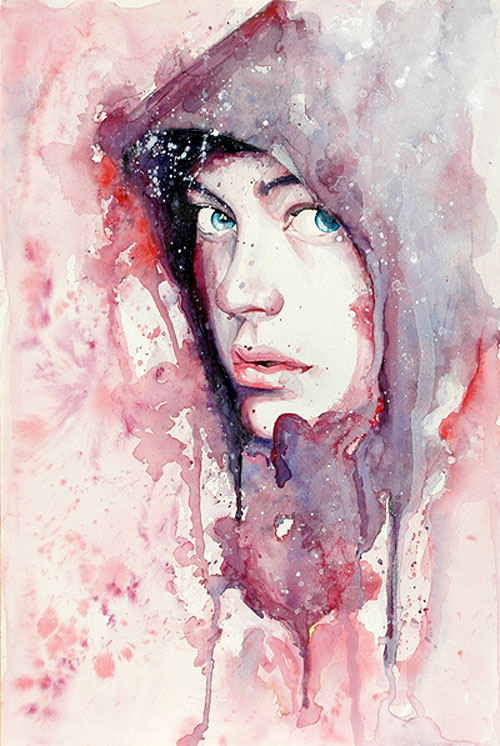




.jpg)


